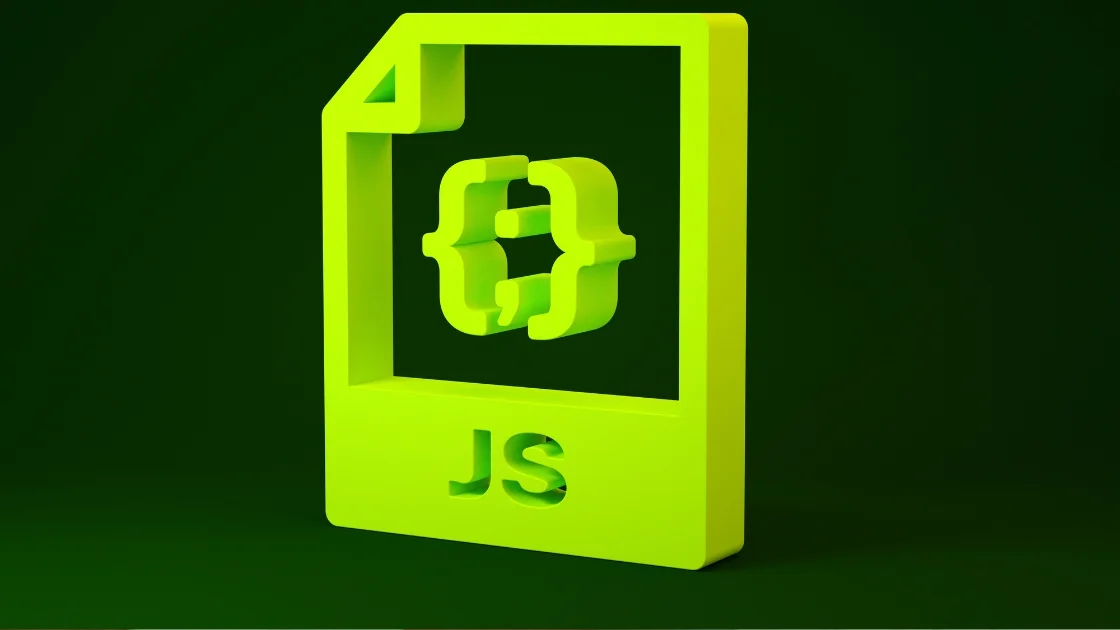The Evolution of Node.js
Node.js was first introduced in 2009 by Ryan Dahl, bringing a new approach to server-side JavaScript. Initially designed to facilitate the development of scalable network applications, it quickly gained traction due to its unique non-blocking I/O model. This approach allowed developers to handle multiple connections simultaneously, which was instrumental in improving the performance of web applications. As the demands for faster, more efficient applications grew, Node.js evolved to meet them.
One of the significant turning points in the Node.js ecosystem was the introduction of npm (Node Package Manager) in 2010. npm enabled easy access to a vast library of open-source packages that developers could incorporate into their projects. This expansion of available resources spurred rapid growth and innovation within the Node.js community, leading to countless libraries and frameworks that facilitated development processes.
The release of Node.js 4.0 in 2015 marked another major milestone, as it consolidated several versions and offered improved performance as well as enhanced support for ES6 features, making the platform more appealing to JavaScript developers. Subsequent updates have focused on enhancing stability and performance, with notable versions being 6.x, 8.x, and 10.x, each contributing to streamlined APIs and improved execution speed.
Moreover, Node.js has adapted to modern web standards and the changing demands of users. The introduction of async/await in Node.js 7.6 made asynchronous programming more manageable, further increasing developer productivity. As app development trends evolved toward microservices and cloud-native architectures, Node.js proved its versatility by allowing developers to build applications that could easily scale and integrate with various platforms.
The continuous support from the OpenJS Foundation and the active involvement of the community have ensured that Node.js remains at the forefront of technology. Its ability to adapt to new paradigms and user needs has solidified its position as a relevant choice for developers and organizations alike in an ever-changing technological landscape.
Node.js and Modern Development Practices
As technology continues to evolve, Node.js remains at the forefront of modern development practices, effectively aligning with various methodologies that have become standard in the industry. One of the key aspects of Node.js is its compatibility with microservices architecture, which allows developers to build applications as a collection of loosely coupled services. This modular approach not only enhances scalability but also fosters independent deployment, reducing the complexity associated with traditional monolithic architectures. Appwars technologies, often rely on Node js for its ability to facilitate such microservices, ensuring that teams can work on individual components simultaneously without disrupting the overall system.
Moreover, API-driven development has become a fundamental aspect of creating interoperable applications, and Node js excels in this domain. With its non-blocking I/O model, Node js can efficiently handle multiple simultaneous API requests, making it an ideal choice for building RESTful services. By simplifying the process of communication between various components through APIs, developers using Node.js can achieve greater efficiency and responsiveness in application design. This has made it a favored framework among developers focusing on scalable and high-performance solutions.
In addition, the integration of DevOps methodologies within the development cycle is increasingly prevalent, and Node.js plays a vital role in streamlining this process. Thanks to its lightweight nature and the use of JavaScript across the stack, teams can maintain a harmonious workflow, promoting continuous integration and delivery. Appwars technologies benefit from Node.js by enabling rapid iteration and meaningful collaboration among team members, ultimately leading to faster delivery of features and enhancements. The full-stack development capabilities offered by Node js—allowing developers to utilize the same language for both client-side and server-side programming—further contribute to its efficacy in modern software development practices.
The Node.js Community and Ecosystem
The Node.js community is one of the most significant factors contributing to its ongoing relevance and success in 2025. This vibrant community encompasses a diverse group of developers, organizations, and contributors who continuously enhance the Node js platform. Their collaborative efforts foster an environment ripe for innovation, leading to the growth of an extensive ecosystem that includes numerous libraries and frameworks necessary for modern web development.
A key aspect of the Node js ecosystem is the Node Package Manager (npm), which hosts a wealth of open-source packages. These packages range from simple utilities to complex frameworks that developers can utilize to expedite their workflow and streamline application development. With millions of downloadable packages available, npm empowers developers to build applications efficiently, leveraging pre-existing solutions that dramatically reduce development time. The collaborative nature of the Node js community facilitates constant updates and improvements, ensuring that the tools available are both reliable and cutting-edge.
Furthermore, the strength and size of the Node.js community provide an invaluable support system for developers. The availability of forums, documentation, tutorials, and community-driven events encourages knowledge sharing and problem-solving. Developers can easily seek help from their peers, share insights, and stay updated with the latest trends in Node.js and app development. This communal infrastructure significantly lowers the entry barrier for new developers and promotes continuous learning among seasoned professionals.
Ultimately, the Node.js community and its ecosystem are pivotal in maintaining the framework’s relevance. Through collective efforts, contributions, and the vast array of resources, developers find a nurturing environment that not only empowers their projects but also sustains innovation and adaptability in the fast-paced tech landscape.
Future Trends and the Role of Node.js
The landscape of software development is evolving rapidly, driven by emerging trends such as serverless computing, artificial intelligence (AI), and the Internet of Things (IoT). In this dynamic environment, Node js retains its significance due to its asynchronous, non-blocking architecture, making it particularly well-suited for handling high-volume data and real-time applications. This section explores how Node.js is poised to leverage these trends, cementing its position as a vital tool for developers in 2025.
Serverless computing is gaining traction as organizations seek to optimize resource utilization and reduce operational costs. Node.js fits naturally into this paradigm, given its lightweight framework and efficiency in handling event-driven applications. By enabling developers to deploy functions without managing servers, Node.js allows for a seamless integration with cloud services, enhancing the deployment of scalable applications. This synergy between serverless environments and Node.js is expected to become increasingly advantageous for developers seeking rapid deployment and cost-effective solutions.
Meanwhile, the role of AI in software development is expanding. Tools built on Node.js can facilitate the creation of intelligent applications capable of analyzing vast datasets and providing insights in real-time. Its event-driven nature makes it an ideal platform for developing ML and AI-driven applications, further enhancing productivity and innovation. The compatibility of Node.js with various machine learning libraries allows developers to integrate sophisticated algorithms into their applications.
Lastly, as the IoT ecosystem proliferates, the need for real-time data processing and communication becomes paramount. Node js excels in this domain, enabling the efficient processing of incoming data streams from numerous devices. This capability positions Node js as a critical technology for IoT solutions, ranging from smart homes to industrial automation systems.
As we look toward 2025, Node js is set to remain a crucial player in the software development landscape, adeptly adapting to the demands of serverless architectures, AI, and IoT applications. The versatility and efficiency of Node.js will undoubtedly keep it relevant, driving innovation and shaping the future of technology.







